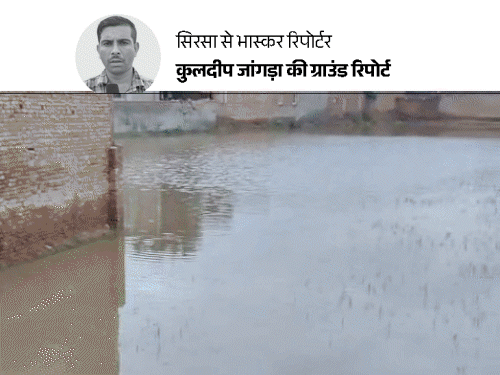Family members gathered after a crack in a house in Mallewala village, situated on the Sirsa Ghaggar embankment.
The Ghaggar River passing through 7 districts of Haryana has become dangerous for the last district Sirsa this time. The migration of migration has come in the villages Nejadela Kalan, Mallewala, Talwara Khurd on the banks of Ghaggar. These villages are built in the middle of the embankment.
,
On one side the river is running completely, on the other hand rain water has accumulated in these villages. There was no evacuation in such a situation. In the village Mallewala, there were cracks in more than 50 houses. If a house is sinking down, someone’s roof is sitting.
The administration did not consider 12-13 houses to live after survey in the village. Because of this, these families have been temporarily given shelter in the government school building. Eating and drinking and living in school will have to be arranged.
Villagers say that the panchayat and administration did not take any improvement first. Rain water accumulated in the village. When the water level increased and the houses came to cracks, the administration started drainage of water from the village. Most of the houses have been built new. There are 49 villages on the banks of Ghaggar in the district. About 20 of these villages have been threatened.
The rest of the districts in the area of Ghaggar, Panchkula, Ambala, Kurukshetra, Kaithal, Jind and Fatehabad, have not yet recorded any damage from the river. Of these, only one external part of Jind is released.
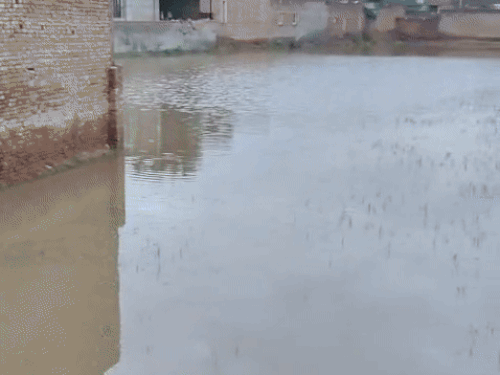
Ghaggar water has been flooded between houses in Mallewala village of Sirsa.
Why did this situation come in the villages settled in the ring dam The villagers said that the ring dam is built on both sides of the Ghaggar river, so that the water remains to that dam when the ghaggar breaks. There is no loss in the village. Nezadela Kalan and Mallewala are settled at the village Ring Dam. There is no drainage in these villages. These days, after the rain, the village had two to three feet of waterlogging and the houses were submerged. When the roof of someone’s house started falling, there was a rift in a house.
What did people say about the situation worsening with Ghaggar …
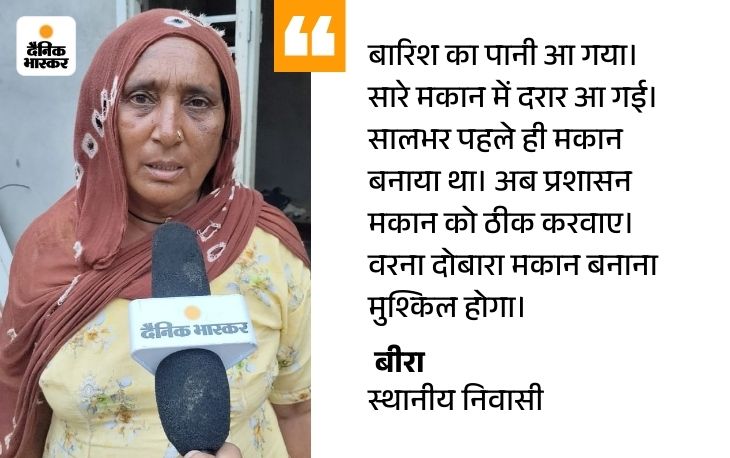
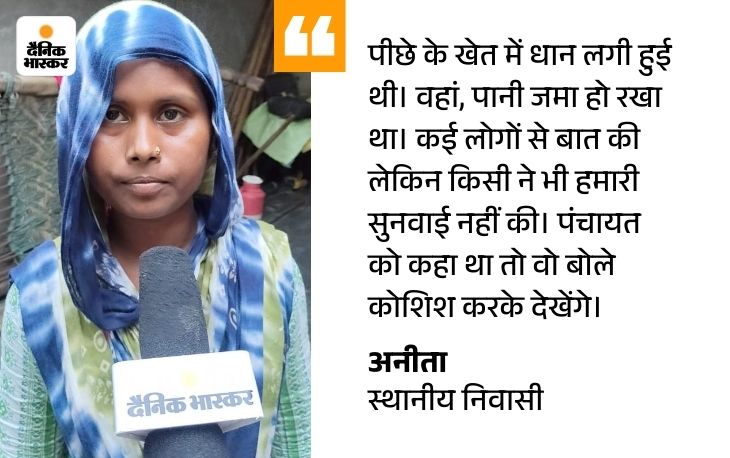
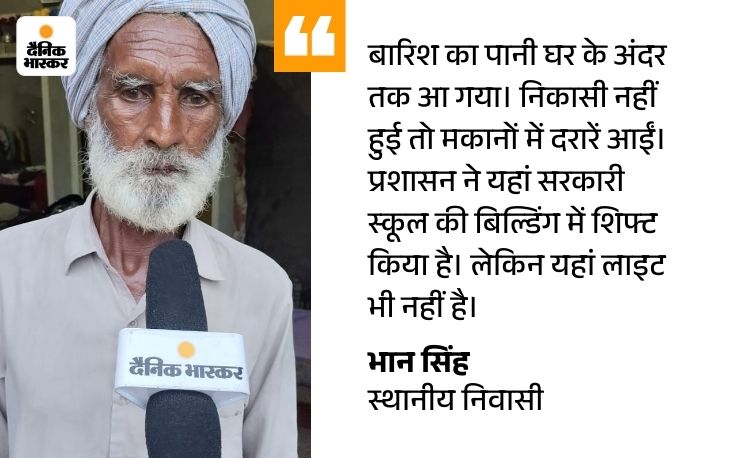
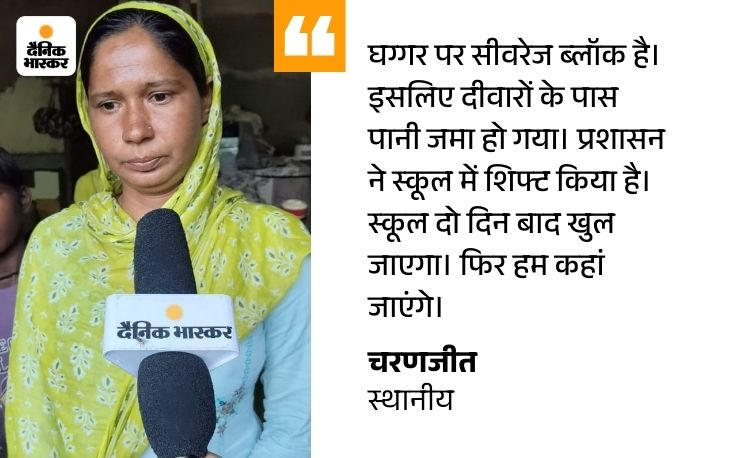
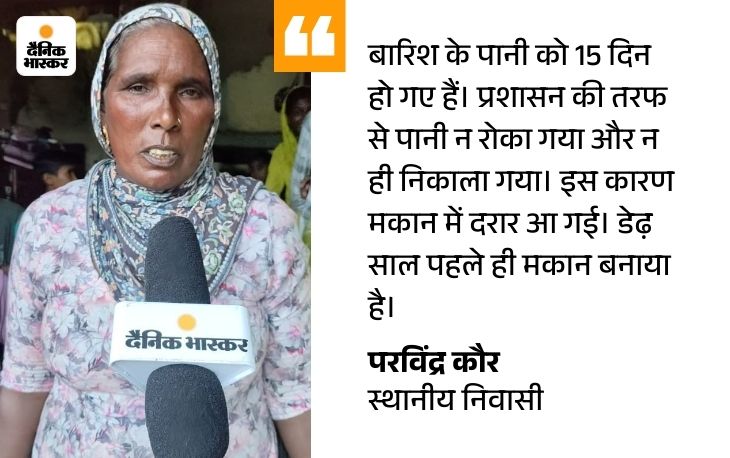
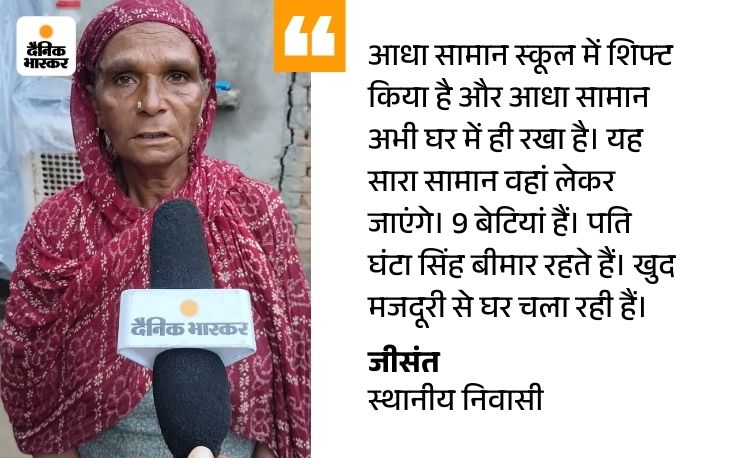
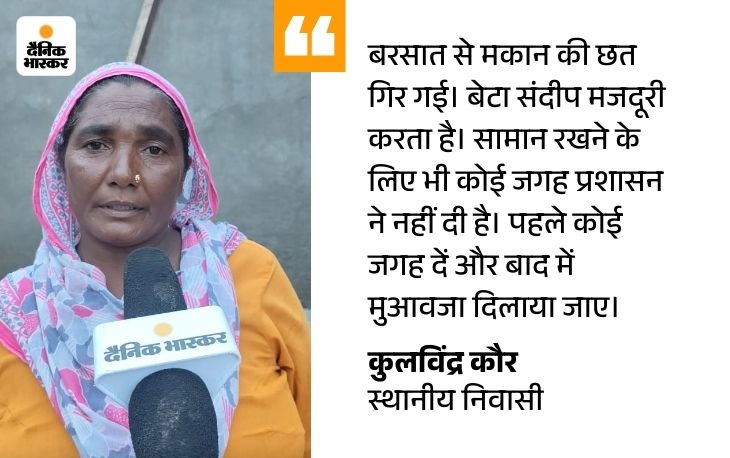
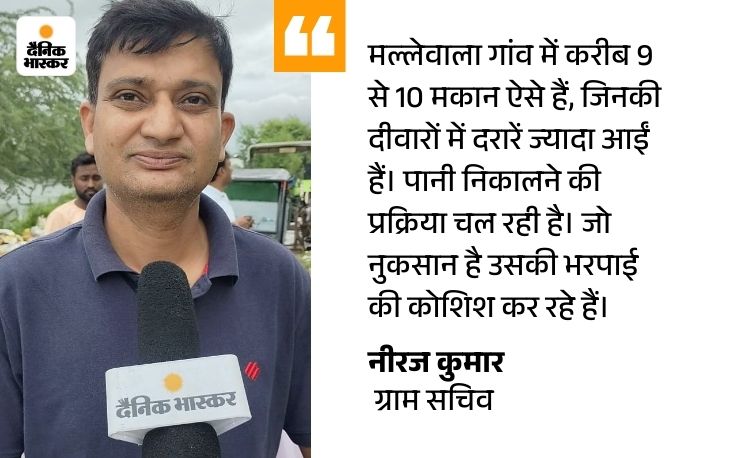
Now know, what is the situation this time in the districts of Ghaggar …
Ambala: The most often flooded due to ghaggar, this time calm 17720 cusecs of water was recorded in the Ghaggar river on Tuesday morning in Ambala, which is below the danger mark. This time no loss has been recorded from Ghaggar. In the years 1988, 1993, 1995, 2001, 2004 and 2010, Ambala suffered a flood. In August 1988, the water level of Ghaggar river reached 80,398 cusecs due to heavy rains in the catchment area of Himachal Pradesh. The water of Ghaggar was more damaged by the arrival of SYL branch. The river came out in spate in 2023 after 2010.
Kurukshetra: Ghaggar does not have a direct effect, assistant on Markanda boom Ghaggar in Pihowa, Kurukshetra touches Deewana village and Karah Sahib (Punjab Border) on Guhla-Chika Road. Ghaggar is not directly damaged, but its tributaries are 7 villages adjacent to Markanda, Kathwa, Malkpur, Kalasna, Damli, Mughal Majra, Arup Nagar. After coming from Ambala, the Markanda River joins the Ghaggar River in Dandouta village of Guhla-Cheeka in Kaithal. Similarly, the Tangri River further joins the Markanda River in Sadiqpur in Punjab. Then Markanda joins Ghaggar. In such a situation, three rivers become one.
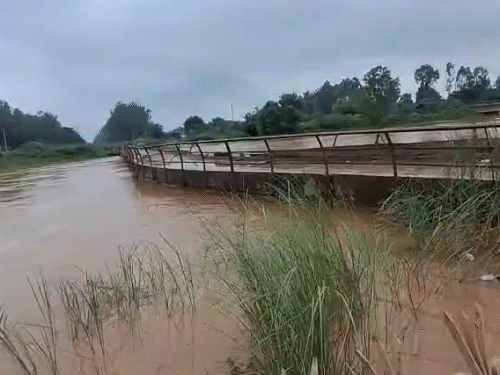
The water of the Markanda River flowing equal to the bridge in Kurukshetra.
Kaithal: Ghaggar, passing through 45 km, is still flowing in the filed In Kaithal district, the length of Ghaggar falls around 45 kilometers. 18 villages of the district are settled on its banks. This time the water of Ghaggar has not reached the fields or population and the river is flowing in its scope. In the year 2023, there was a flood due to Ghaggar in Kaithal. Apart from this, in 2010, there was a flood situation in the district due to its overflow.
Fatehabad: There is no danger from Ghaggar right now, 30 villages along the river The Ghaggar River in Fatehabad district passes through 72 kilometers. It passes through 30 villages. The Ghaggar River caused the most severe floods in 1988 and 1992. At that time, flood water had reached Jawahar Chowk in Fatehabad city. Thousands of acres had waterlogging. Since then, water has not reached the city.
Ghaggar disappears in the desert of Rajasthan from Himachal …
Europe in Rajasthan via Haryana-Punjab out of Himachal In Himachal, Ghaggar comes out of the hills of Shivalik and comes to the ground near Kala Amb. Then it enters the border of Haryana from Panchkula. After this, Ambala, Kurukshetra, Kaithal, Jind, from Fatehabad to Sirsa traveling 250 km and enters Rajasthan. In the desert of Thar, depression disappears in depression.
No dam on Ghaggar, flood havoc 18 times in 173 years There is no dam directly on the Ghaggar River, but its tributary has a dam on Kaushalya. This dam is near Pinjore in Panchkula district. According to the report of the National Disaster Management, since 1852, the Ghaggar river has wreaked floods in various parts of Punjab and Haryana 18 times. It flooded in the years 1852, 1887, 1888, 1976, 1981, 1984, 1988, 1993, 1994, 1995, 1996, 1997, 2000, 2001, 2004, 2004, 2010, 2015 and 2023.
More than 40 thousand cusecs of water came in 1993, 1995 and 2010 In 1993, when 40,763 cusecs of water came to Ghaggar, water reached Sirsa city. In 1995, 40,313 cusecs of water floods were much wasted. In July 2010, if 40 thousand cusecs of water came, damage was recorded from Ambala to Sirsa. The risk of floods has decreased somewhat after the Ottu Wear near village Otu in Sirsa. About a dozen canals come out of wear.
In 2010, 1300 villages of Haryana-Punjab and 7 lakh population affected, 51 deaths Ghaggar had so far had the most severe floods in 2010. Then 763 villages in Punjab and 600 villages in 5 districts of Haryana were affected. About 7 lakh population and 6 lakh acres of crops in both the states were hit by floods. There were 51 deaths due to floods of Ghaggar in both the states.
(Input: Abhishek Vajpayee from Panchkula, Sunil Dhiman from Kurukshetra, Jitendra Dangi from Kaithal, Kapil Sharma from Fatehabad)
